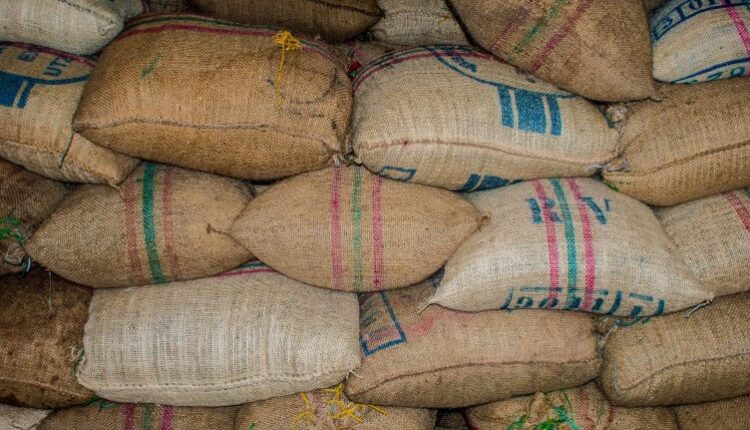Experts Urge Uganda's Coffee Sector To Diversify Markets – CoffeeTalk
Coffee prices have dropped from highs of Shs19,000 to Shs6,000 and below, causing farmers in Uganda to experience a dip in their earnings. The country has sustained its production, with coffee exports reaching 793,445 bags (60kg each), representing a 44% year-on-year increase, bringing total earnings to over $2.09 billion. However, the demand for Uganda’s coffee is high, especially in European and Asian markets, which are Uganda’s major export destinations.
Engineer Lukwago, a coffee farmer, believes that the recent price drop should be the least of their concerns. Instead, they should ramp up production efforts to have what to sell all year round. This raises the question of whether Uganda can sustain its markets. The government has provided affordable financing to farmers through various channels, but this is not enough. Government efforts need to stretch to incentivising agricultural inputs like fertilisers, as a 50kg bag of NPK fertilisers goes for Shs150,000, locking farmers out, especially smallholders.
In 2017, Uganda set itself a target of exporting more than 20 million bags of 60 kgs by 2030. With five years left, it has yet to reach even half the mark of the said target. The average European coffee consumption per capita ranges between 5.5 – 6.5 kilograms per year, meaning Uganda’s 7.43 million bags sounds like a drop in the ocean.
Over the last 10 years, Uganda has morphed into Africa’s biggest coffee exporter, overtaking Ethiopia, though the latter remains the largest producer. However, Uganda’s export destinations have not changed much. The East African country still relies on its traditional European and North American markets, with Germany and Italy leading the European front and Serbia recently opened through the Presidential Advisory Committee on Exports and Industrial Development (PACEID). India and China have overtaken the USA, accounting for only 5.22 percent of the country’s exports.
Diversifying Uganda’s coffee markets involves creating trade hubs, especially for new markets, especially on the Eastern European and Asian frontiers. Diversifying Uganda’s coffee markets is not just about expanding exports but also creating a strategic market expansion plan that involves not just exporting coffee beans but a wide range of products.
The Ankole Coffee Producers Cooperative Union, a union of farmer associations, produces a small percentage of Uganda’s coffee bean volumes. However, it is the only union with a stabilisation fund supported by Fair Trade arrangements. A stabilisation fund under a fair trade agreement is a financial safety net designed to protect producers, especially small-scale farmers or exporters, from volatile market conditions.
The price of fine coffee has largely been individual efforts with little or no government support. Recently, the government dipped more than Shs130 billion in a private venture, Inspire Africa coffee, which is building a mega coffee processing plant in Ntungamo. The plant promises to off-take a percentage of Uganda’s coffee, although the modalities of how it will operate are still opaque.
Nelson Tugume, the proprietor of Inspire Africa, is bullish that the factory will be ready in time and change Uganda’s coffee story. With investments in manufacturing and processing, Uganda can compete with global powerhouses like Germany, which earns over $200 billion annually through value-added exports.
The domestic market has been silent in Uganda’s coffee story, with the fraction of coffee consumed at home being negligible. However, recent population statistics indicate that Uganda is home to over 45 million people, with 54.27 percent aged between 15-64 years. Muganzi notes that the domestic market has been neglected, yet it could provide a buffer to some of the shocks. If well-handled in terms of incentives and a mindset change, Uganda could emulate Ethiopia, which takes up to 60 percent of the total production.
Read More @ Daily Monitor
Source: Coffee Talk



